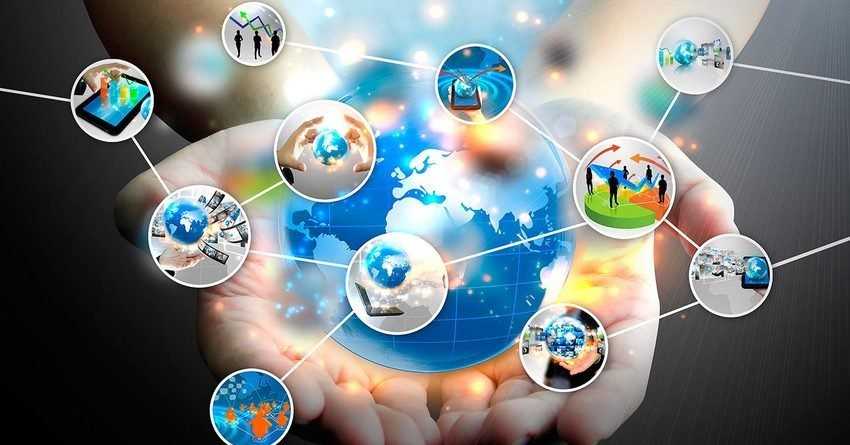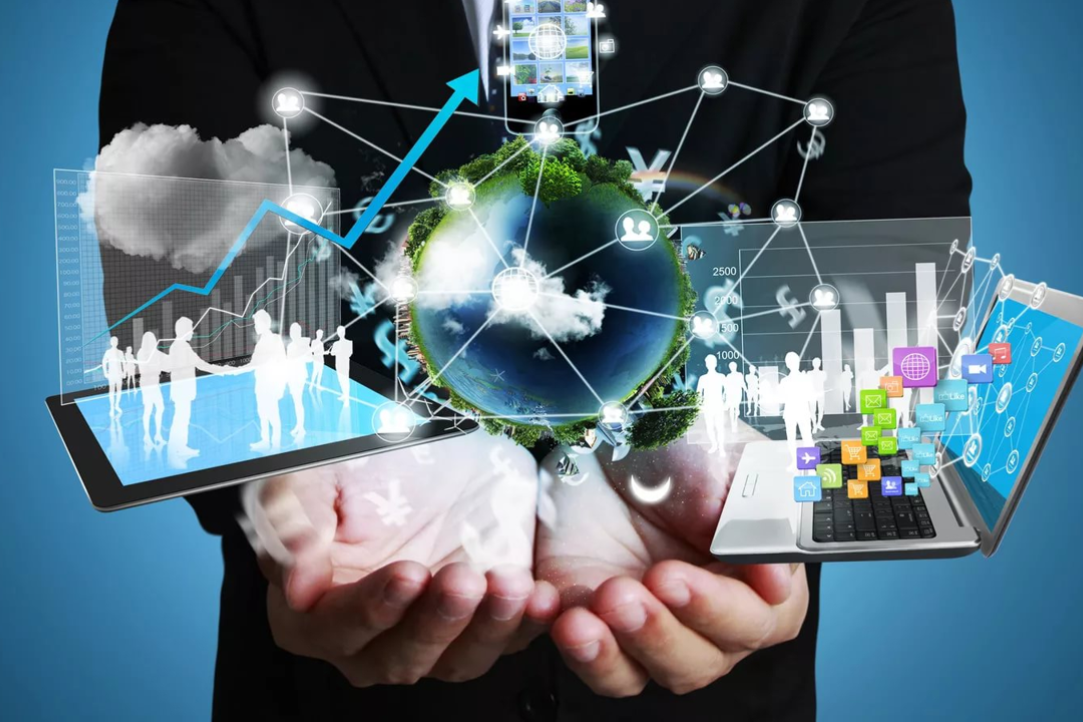The Internet of Things and Its Future: Smart Cities and Connected Devices
Author: Александр Фролов

The Internet of Things (IoT) is a rapidly developing technology that connects various devices and objects to the Internet, allowing them to exchange data and interact with each other. This concept has the potential to transform many aspects of our lives, from personal comfort to global infrastructures. In this article, we'll take a look at how the Internet of Things is changing our world, focusing on smart cities and connected devices, as well as what the future may hold.
IoT Fundamentals
The Internet of Things involves connecting various objects to a network that can collect, share, and analyze data. These devices can range from simple sensors and consumer electronics to complex industrial machines and infrastructure systems. They use sensors and actuators to collect data from the environment and perform specific actions based on that data.
Smart Cities
Smart City Concept
A smart city is a concept of urban development that uses information and communication technologies (ICTs) to improve the efficiency of urban services and improve the quality of life of citizens. The main goals of a smart city include:
- Infrastructure improvement: Use IoT to optimize traffic, water and lighting systems.
- Energy efficiency: Intelligent energy management systems help reduce resource consumption and lower costs.
- Increased security: Security cameras and early warning systems help detect and prevent threats.
Examples of successful smart cities
- Singapore: The city is using IoT to manage its transportation system, including smart traffic lights and traffic monitoring systems. Sensors for monitoring air and water quality have also been introduced.
- Barcelona: Barcelona has developed smart parking systems that help drivers find available spaces. The city also uses smart lighting, which is adjustable depending on the time of day and the number of people on the street.
- New York: New York is actively implementing smart technologies to manage traffic, improve the environment, and increase safety. Examples include smart streetlights and air pollution monitoring systems.
Connected Devices
Household Appliances

- Smart homes: Modern homes often use smart thermostats, lighting, locks, and security systems that can be controlled using smartphones. For example, smart thermostats can learn the preferences of owners and automatically adjust the temperature, while smart locks provide additional security.
- Smart home appliances: Devices such as refrigerators, washing machines, and coffee makers can be connected to the internet and controlled remotely. These devices can also send notifications about service needs or spare parts.
Industrial Devices
- Industry 4.0: In industry, IoT is used to create smart factories and automated production lines. Sensors on the equipment collect data on its condition, allowing for predictive maintenance and preventing breakdowns.
- Smart Supply Chains: Connected devices allow you to track the movement of goods, the condition of packaging, and even the temperature during transportation, which helps to increase efficiency and reduce losses.
The future of the Internet of Things
Technology development
- Improving network infrastructure: The development of 5G and future generations of mobile communications will provide new opportunities for IoT by enabling faster data rates and lower latency.
- Artificial Intelligence and Machine Learning: These technologies will play a key role in analyzing the data collected by IoT devices and in making decisions based on this data.
- Internet of Things and cybersecurity: As the number of connected devices increases, so does the need for data protection. Developing new security practices will be critical to preventing cyberattacks.
Ethical and social aspects
- Privacy and data protection: The collection and storage of large amounts of data about users' personal lives raises privacy issues for us. Strict rules and standards need to be developed to protect personal information.
- Inequality of access: The introduction of IoT technologies can deepen social inequality, as not all regions and social groups have equal access to modern technologies.
- Impact on jobs: Automation and intelligent systems can change the labor market, potentially replacing some professions and creating new ones.
Conclusion
The Internet of Things is a powerful tool for transforming our world. Smart cities and connected devices improve the quality of life, increase efficiency, and provide new opportunities for development. However, new challenges are also emerging, such as security, privacy, and social inequality. It is important to continue researching and developing technologies, as well as developing strategies for their safe and ethical use. The future of IoT promises to be exciting and full of new opportunities that will certainly shape our lives in the coming decades.




